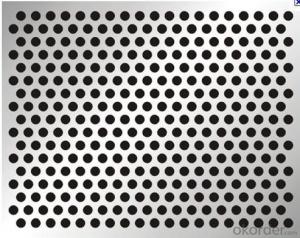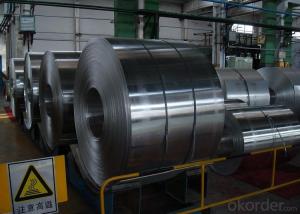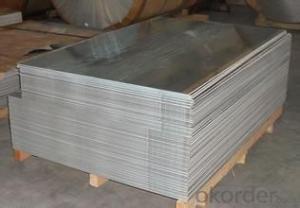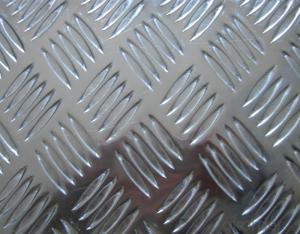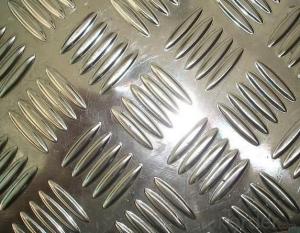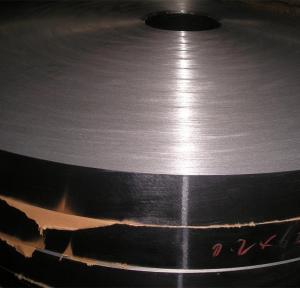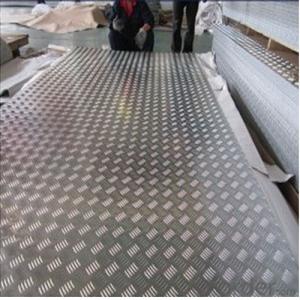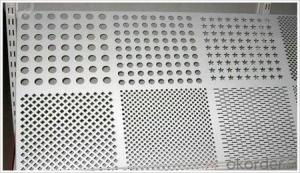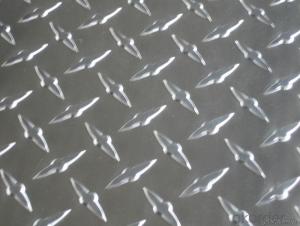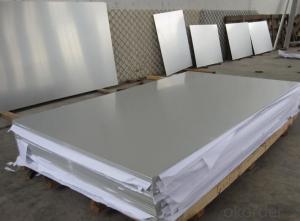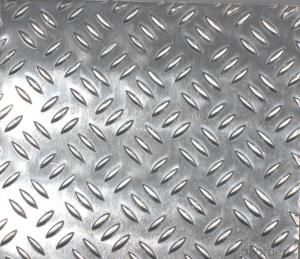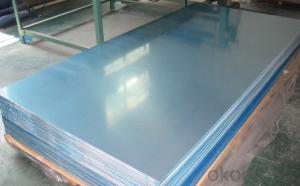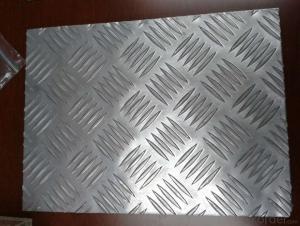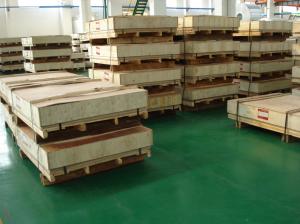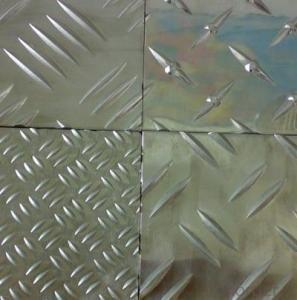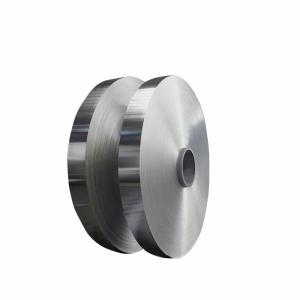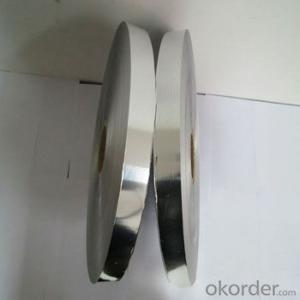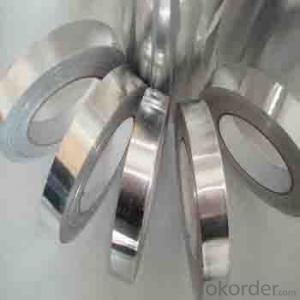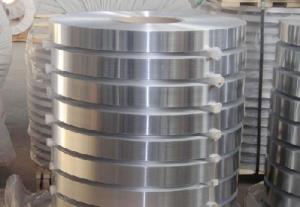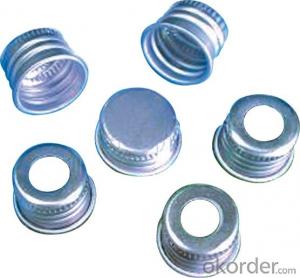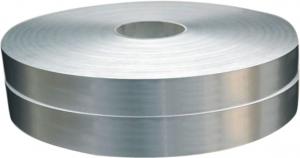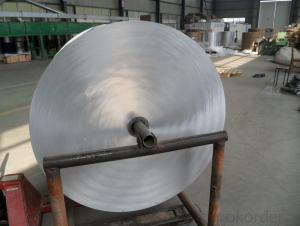Aluminum Diamond Deck Plate
Aluminum Diamond Deck Plate Related Searches
Aluminum Deck Plate Aluminum Diamond Plate Panels Aluminum Black Diamond Plate Buy Aluminum Diamond Plate Polished Aluminum Diamond Plate Aluminum Diamond Plate Roll Aluminum Sheet Diamond Plate Aluminum Truck Deck Plate Aluminum Diamond Plate Strips Aluminum Dock Plate Aluminum Dimond Plate Black Aluminum Diamond Plate Aluminum Diamond Tread Plate White Aluminum Diamond Plate Aluminum Diamond Plate For Sale Aluminum Diamond Plate Cabinets Aluminum Diamond Plate Box Cosmetic Aluminum Diamond Plate Diamond Plate Sheet Aluminum Black Diamond Plate Aluminum Aluminum Deck Plate Products Sheet Aluminum Diamond Plate Aluminum Diamond Plate Polish Bending Aluminum Diamond Plate Aluminum Diamond Plate Denver Colored Aluminum Diamond Plate Aluminum Diamond Plate Cost Anodized Aluminum Diamond Plate Cheap Aluminum Diamond Plate Stick On Aluminum Diamond PlateAluminum Diamond Deck Plate Supplier & Manufacturer from China
Aluminum Diamond Deck Plate is a type of slip-resistant flooring material that features a diamond pattern on its surface, providing excellent traction and safety. This product is made from high-quality aluminum, making it both lightweight and durable, suitable for various applications where a non-slip surface is required. The aluminum diamond deck plate is widely used in a variety of scenarios, including industrial platforms, walkways, ramps, and docks, where safety and durability are of utmost importance. Its unique design not only enhances safety but also offers a modern and aesthetically pleasing appearance to the area it covers.Okorder.com is a reputable wholesale supplier of Aluminum Diamond Deck Plate, offering a vast inventory of this product to cater to the needs of various industries and customers. As a leading online platform, Okorder.com ensures that customers have access to high-quality aluminum diamond deck plates at competitive prices. With a commitment to customer satisfaction and a focus on providing reliable and efficient service, Okorder.com has become a trusted source for purchasing aluminum diamond deck plates for a multitude of applications.
Hot Products


